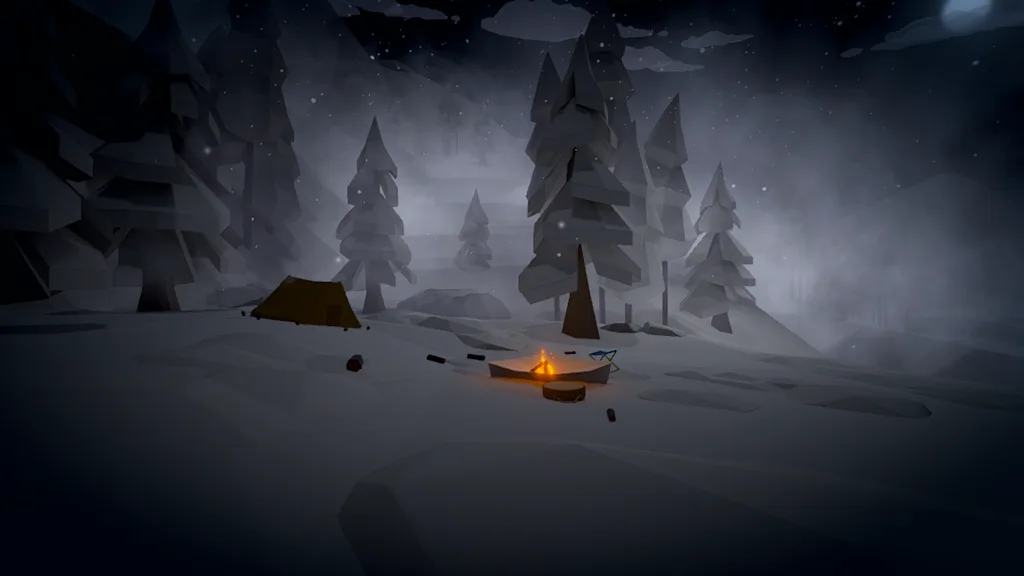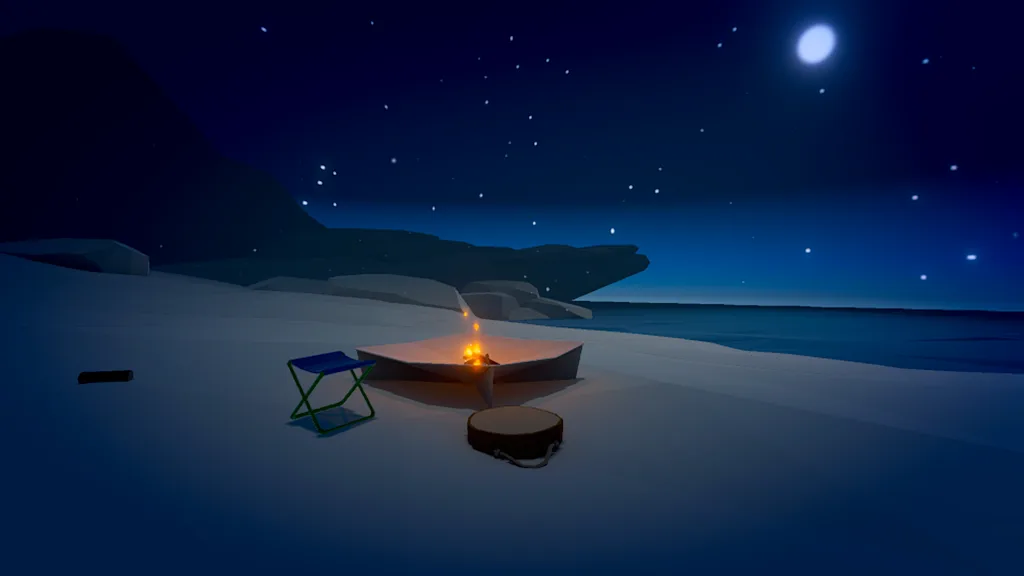"Chillin' by the Fire" Campfire Guide
Controls
Left Stick: Move Right Stick: Camera Direction L/R Button: Change Item ZR Button: Use Item Right Stick Button: Jump +Button: Open Menu
While holding a piece of firewood, hold down ZR and let go of the wood to carry it under your arm.
Let's Build a Campfire
Build a campfire to Lv. 10 to clear a stage! Thin wood lights easily, but burns out soon. Thick wood is hard to light, but burns longer. Use logs of various sizes!
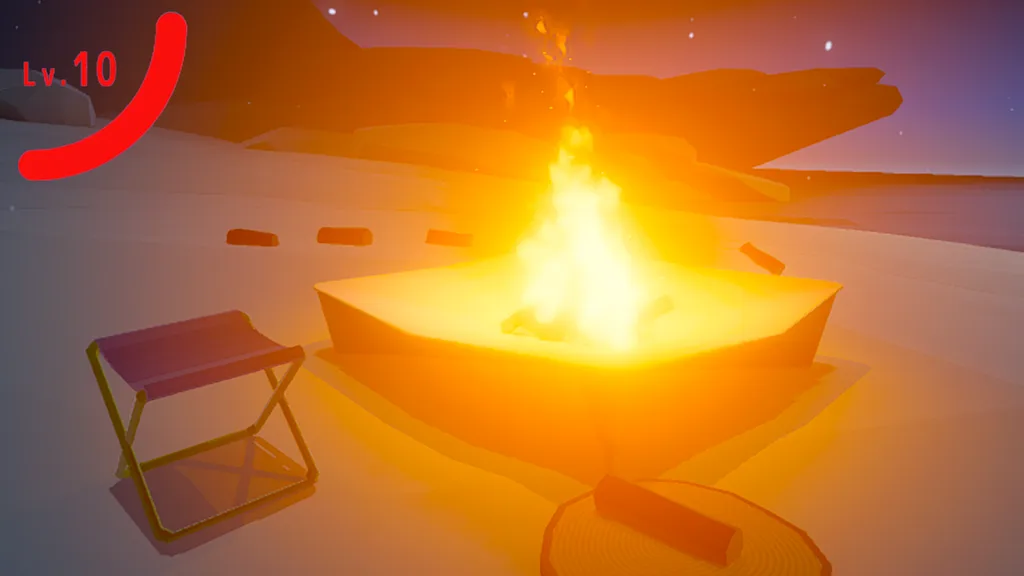
If you blow on burning wood with the fire blower, the fire will get stronger. Change to the fire blower and face the burning wood. Hold down ZR and try it out.
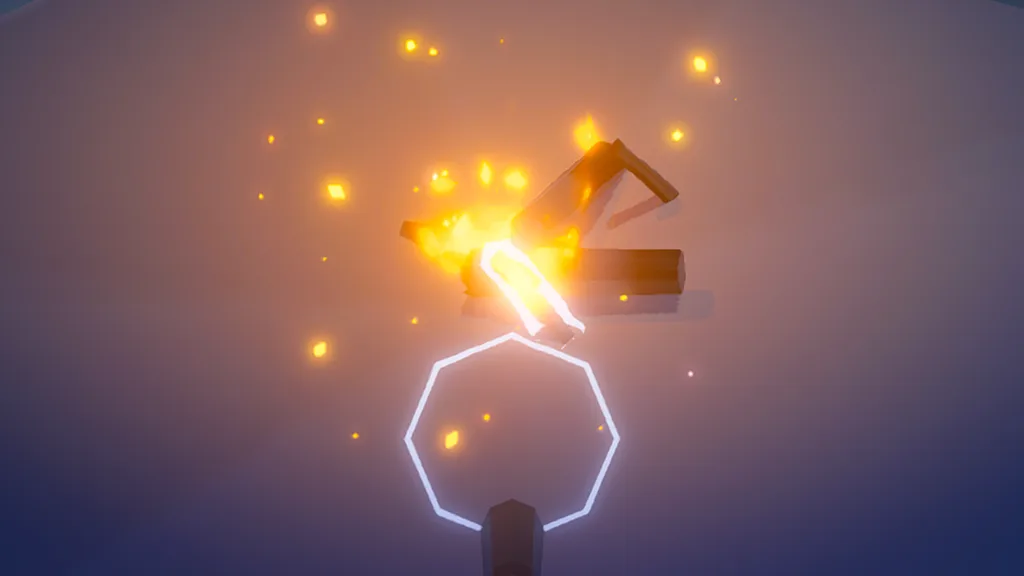
If you get stuck and need some advice, press up to open the Campfire Guide! Once the fire has stabilized, why not relax a bit and roast some marshmallows?
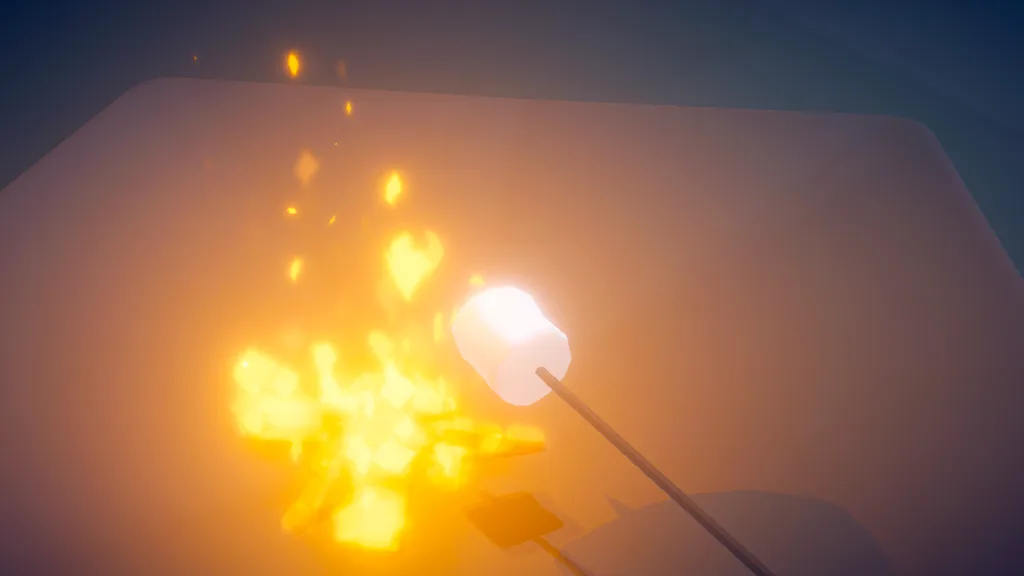
The Fire Went Out
The 3 main reasons your fire went out are: 1) You took too long to add more firewood 2) You added firewood that was too thick 3) You added too much firewood to the fire
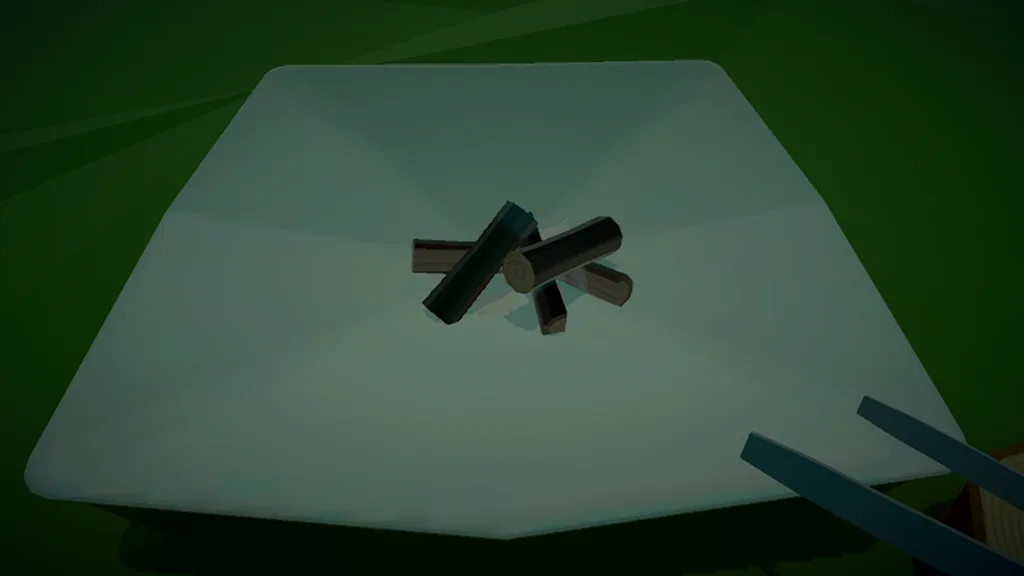
Especially when you're just starting out, it's easy to add too much wood, even more so in cold places. Be careful not to add too much wood and drop the temperature.
How Firewood Burns Firewood in this world has 2 or 4 parts. Each part holds some moisture that begins to dry when it reaches 100℃. When white vapor begins rising, that's evidence of moisture evaporating. Sections with low moisture turn a whiteish color. If the moisture level reaches 0%, the temperature of the firewood rises rapidly. As it reaches the temperature required for a fire to start, the wood begins to burn. The thicker the wood, the longer it burns. But thicker pieces hold more moisture, so it takes longer to dry. You need to steadily raise the temperature while maintaining the campfire with thinner pieces of firewood.
The Life Cycle of Firewood Once a piece of firewood is lit, it will begin to consume the fuel inside itself. As the fuel is consumed, the firewood will gradually turn black, and even if you blow on it with the fire blower, it will gradually stop burning red. Once every part is completely burned, the firewood will crumble and disappear. Before a piece of firewood burns out, light a new piece on fire and keep the firewood life cycle going.
If you light a lot of firewood all at once, it will all burn out at around the same time which could cause problems. It might be a good idea to place firewood around the campfire to dry, and then add it to the fire when you're ready to burn it.
Campfire Temperature
When you add a new piece of firewood to the campfire, it absorbs the heat from its surrounding area, which then causes the temperature of the campfire to decrease. If the temperature of the firewood drops to the point where it can no longer burn, the fire that was burning will go out. In addition to that, when the moisture evaporates from a piece of firewood, it also takes some heat out of the fire. It's easier for the temperature to drop in locations that are colder, so it's very important to not add too much wood to the fire. Remember that the temperature will also drop when it's raining or snowing.
Oxygen Supply
For firewood to burn steadily, oxygen is needed. If you blow on a burning piece of wood with the fire blower, the amount of oxygen will increase, and it will burn stronger. Making sure that there is a good air flow when you are stacking the firewood is also helpful. However, if there is too much oxygen, the strength of the fire will consume more fuel. So you must be careful. If there isn't enough oxygen, the burning firewood will darken in color and a black smoke will start rising.
The Fire Pit
In this world, fire doesn't affect wood outside of the fire pit. The temperature of any firewood that is taken off of the fire pit and placed elsewhere will rapidly decrease, so you must be careful. To maintain the temperature of the firewood, make sure not to remove it from the fire pit.
Chopping Firewood
You can chop firewood not only on the chopping block, but anywhere. However, you chop a little faster on top of the chopping block. For longer logs, if you use the hatchet along the length of the log, it will split into long, thin pieces. If you chop across the log, it will split into short pieces. Moisture evaporates more quickly in thinner pieces of firewood and they are easier to light on fire, but they will also burn out much faster. Using many thin pieces of firewood can temporarily cause the temperature to sharply rise. You might want to remember that for later.
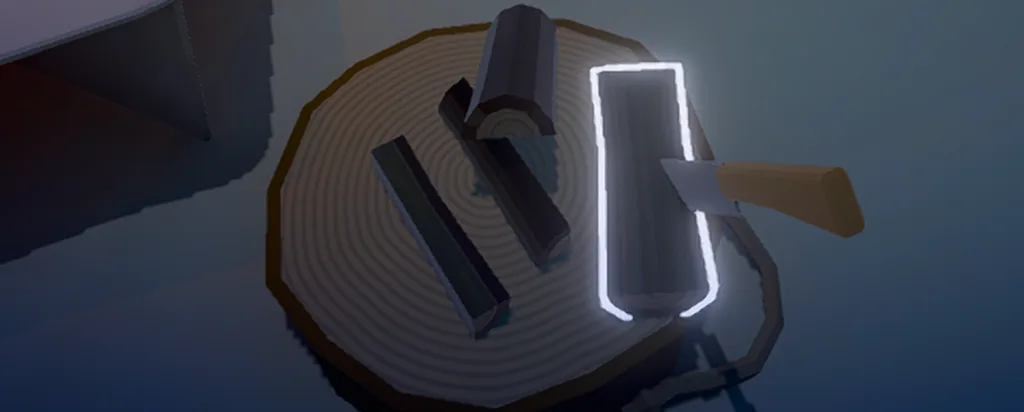
How to Build Up the Firewood
You can press the directional buttons while holding a piece of firewood with the fire tongs to rotate it. Try to make good use of this while building your campfire. Heat rises upward, so stacking an unburned piece of firewood on top of a burning piece is a good rule of thumb to follow.
It's also a good idea to try and leave some open space when building the campfire to allow air to flow through. In addition, it's convenient to stack the firewood in a way that's easier to add more later. How you build your fire will affect the outcome, so try many different methods and find a good one!
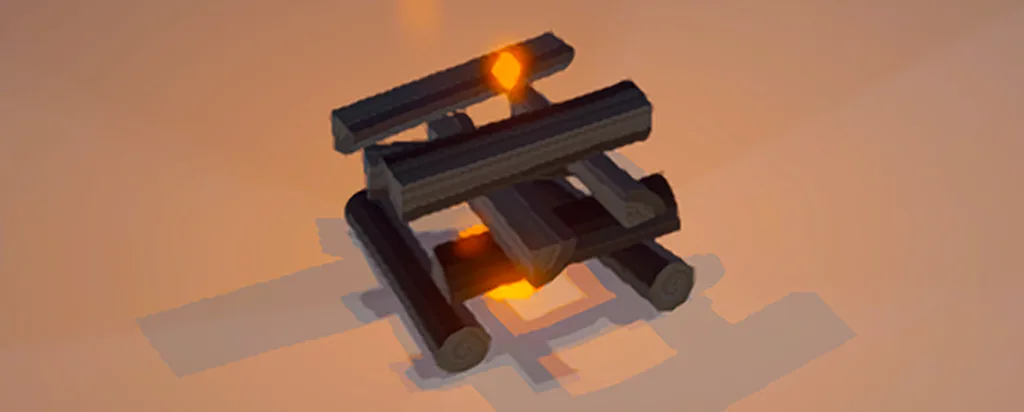
Campfire Level The campfire level is one of the indicators that tells how well the fire is burning. As the overall temperature of the fire rises, so does the campfire level. In addition to that, when thicker pieces of firewood are burning, the campfire level also grows higher. While growing your campfire, it should be easier to raise the level by making sure to light thicker and thicker pieces of firewood as you go. The key to success is gradually lighting thicker pieces of firewood.

Weather When building your campfire, the wind may begin to blow or it might even start to rain or snow. A campfire in those conditions can be quite enchanting too... While the wind is blowing, oxygen will be supplied to the campfire even if you don't use the fire blower, so the fire will burn stronger than usual. When a strong wind picks up, that's your chance to raise the temperature of the campfire. In rain and snow, the temperature of the campfire will fall and the moisture content in the firewood will rise. When this happens, reduce how much wood you add to the fire and try to prevent the temperature from falling.
Campfire Sensor
One of your items is the campfire sensor. This will tell you the size of the firewood, temperature, moisture level, and amount of oxygen of whatever it is pointed at. It's an incredibly useful tool. It might just save you when you are trying to build a campfire in a particularly difficult environment.
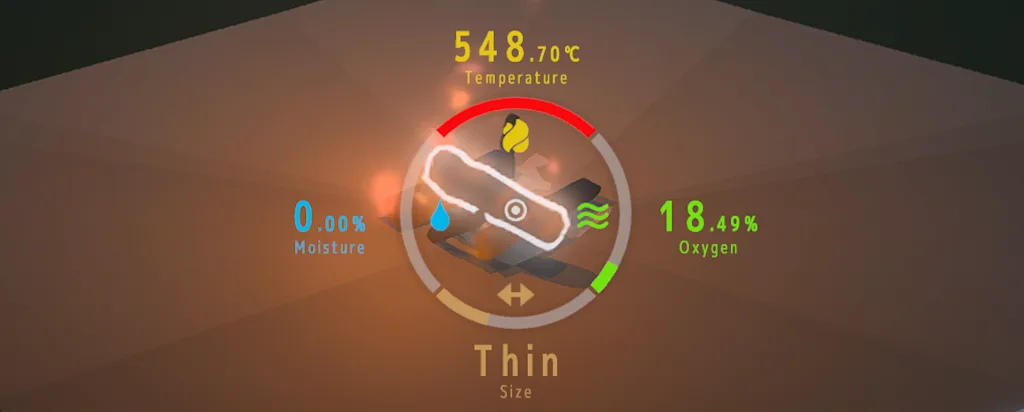
The Tent
Inside your tent you can change how your items look. Customize them just the way you like it!
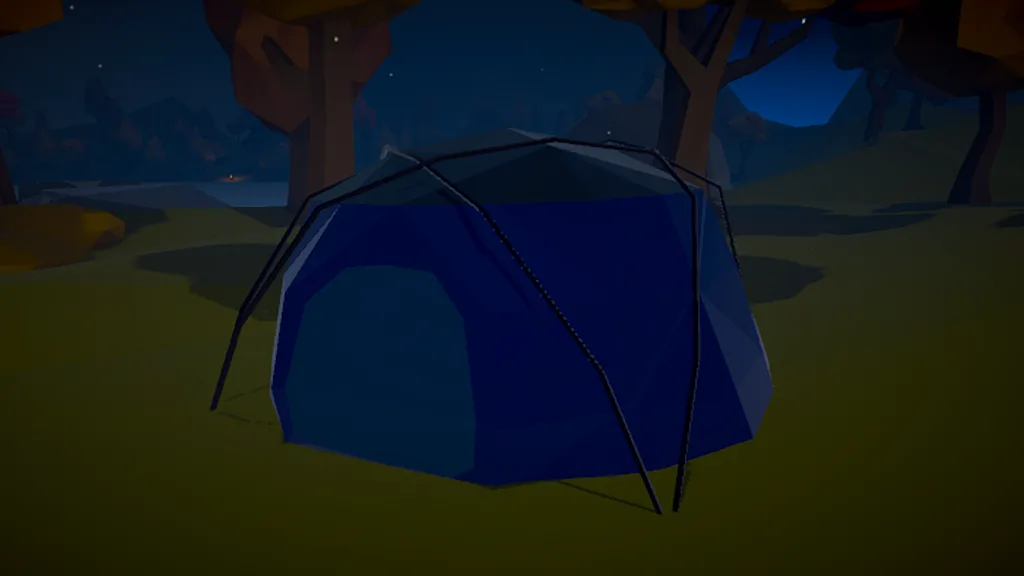
As you continue building warm campfires, you'll earn CFP (campfire points). You can exchange the CFP that you've collected for new items!
You can exchange your CFP for various items like fireworks and more! If you exchange a lot of CFP, even more items might become available to acquire!
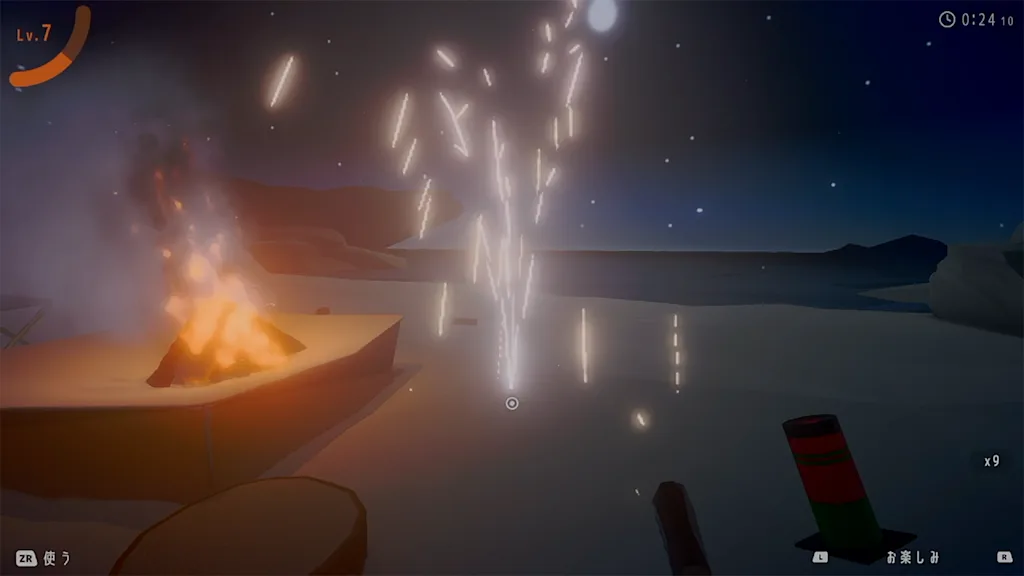
Survival Mode In survival mode, aim to keep your campfire at Lv. 3 or higher for as long as possible with limited firewood!
In survival mode, you can only ignite the fire once and only the one log that is available at the start can be used! No more logs will appear!
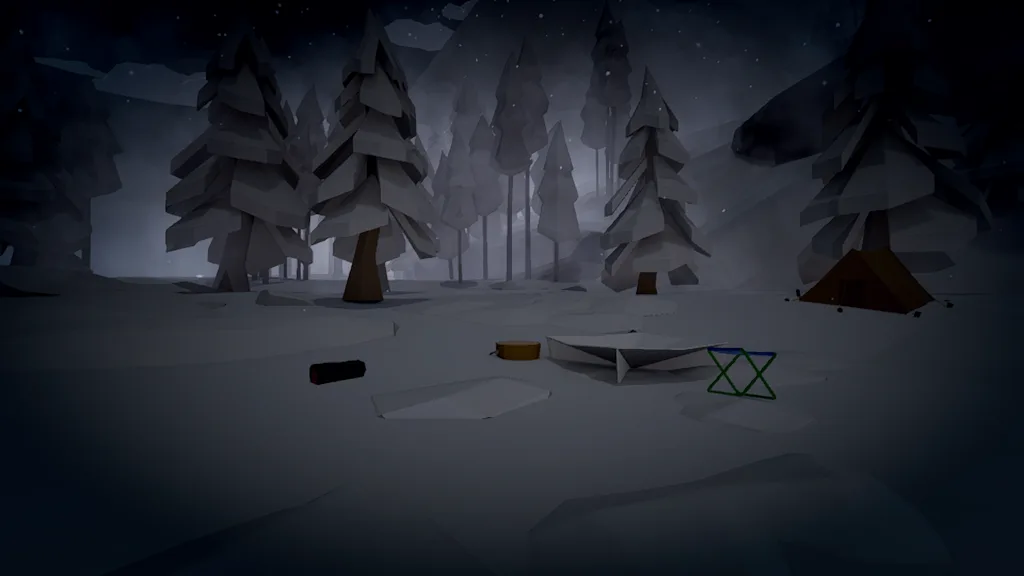
Playground Mode
There are 4 fire pits set up here! You can battle with friends to grow your campfires or simply just make separate ones. Use them how you like and enjoy the campfire!
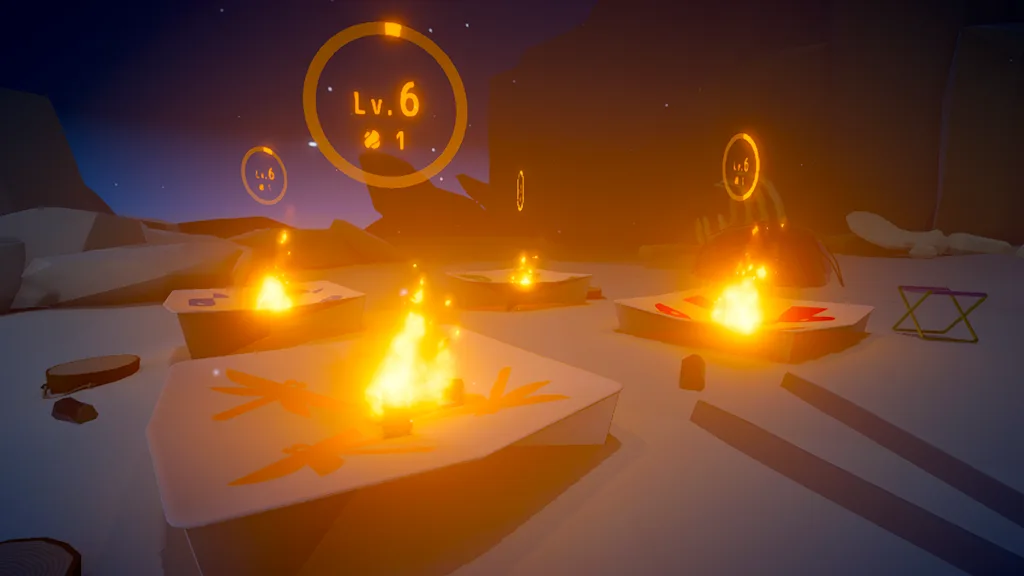
A Campfire with Friends
Enjoy a nice online campfire with your friends. There's something special about huddling around a fire with friends! But you can't pause, so be careful.
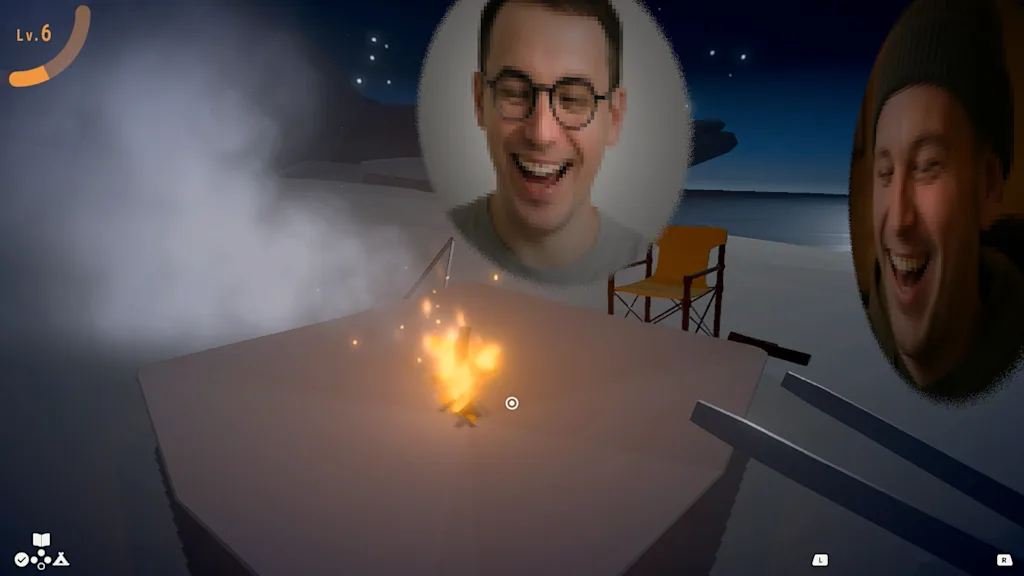
GameShare
With GameShare, everyone can gather around the campfire together! However, players joining via GameShare won't be able to use the tent.

Campfire Convo
Gathering around the campfire makes for great conversation! In regular campfire mode (outside of Survival or Playground) you can display Campfire Convo topics to get ideas for conversations. Try enabling them from the options menu. As your campfire level rises, the topics will gradually become somewhat deeper. Since the content might include personal info, the topics will only be shown during multiplayer when all players have display set to ON.
Marshmallows
At the campfire you can enjoy roasting marshmallows. While holding a marshmallow, press ZR and approach the fire to start roasting.
Press the left or right directional buttons to rotate and make sure that all sides are properly roasted. The closer you get to the fire, the faster the food will roast. Be careful not to burn it.
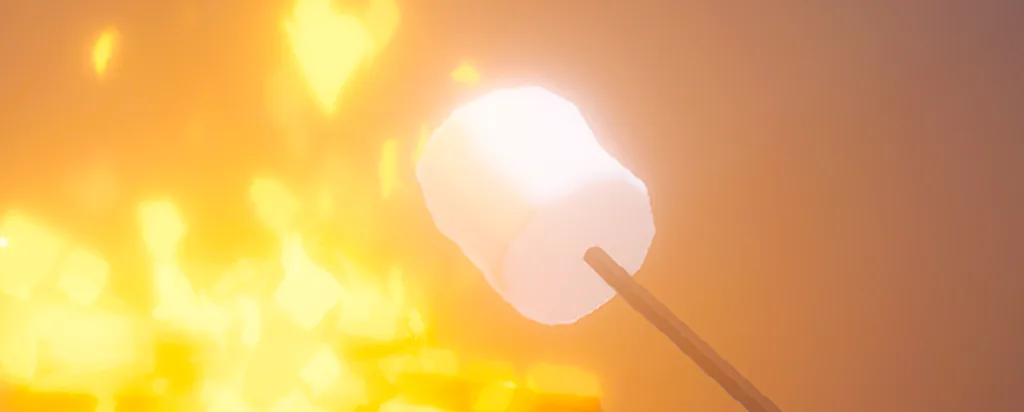
Locations
▼Beach: The temperature is warm, and the firewood is quite dry. The gentle breeze blowing in from the ocean will also provide oxygen for the fire. You won't find a more forgiving place to build a campfire.
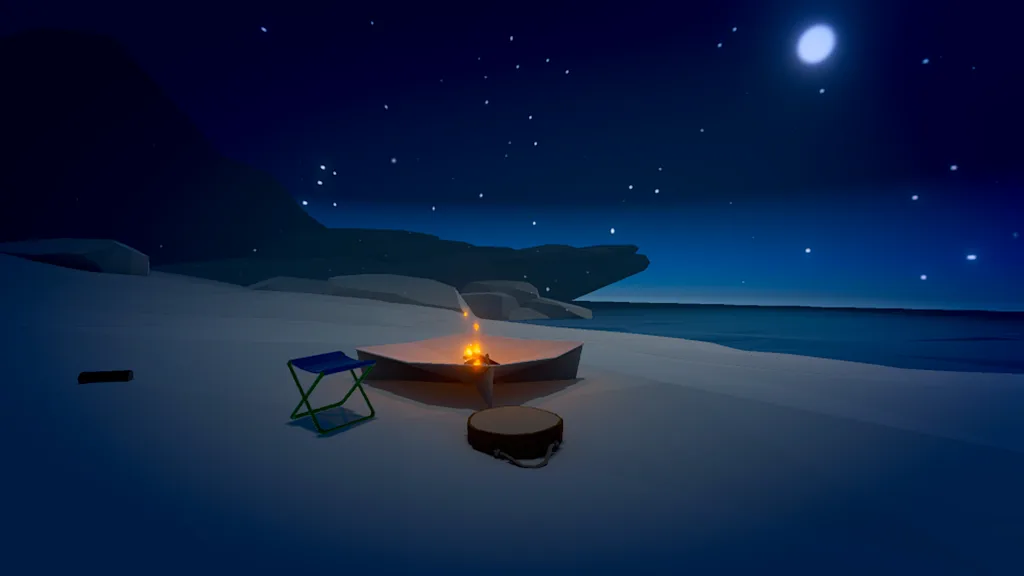
▼Grove: With its comfortable temperature and relatively dry firewood, the grove is a great place to enjoy a campfire with friends. However, if you don't keep an eye on it, the fire might grow weak.
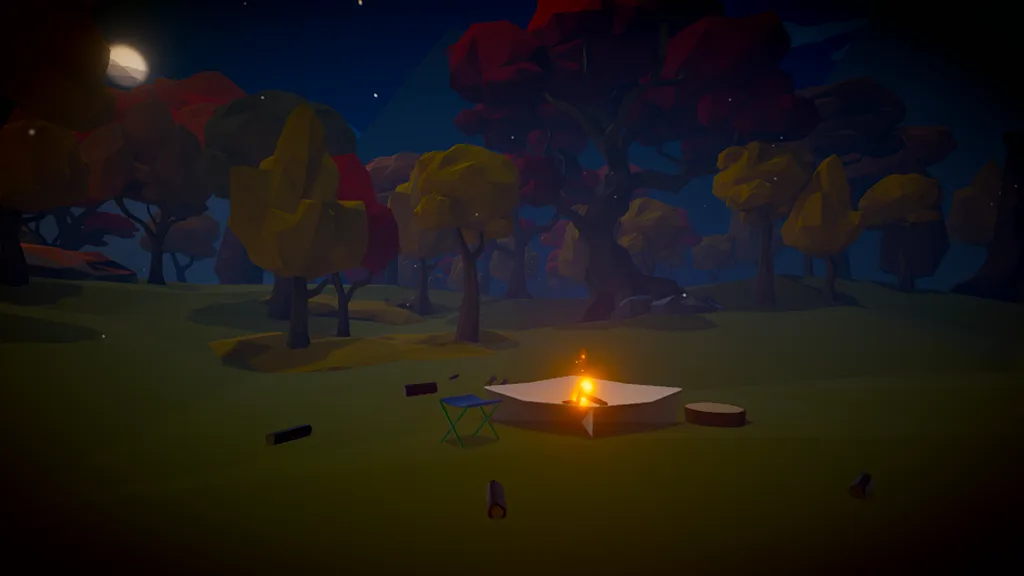
▼Plateau: Campfires in chilly climates are nice too. Temperatures are low and wood holds a little moisture—an enjoyable challenge. It might rain a bit, but it soon stops so there's no need to worry. If it rains, use your fire blower to prevent the temperature of the campfire from falling.
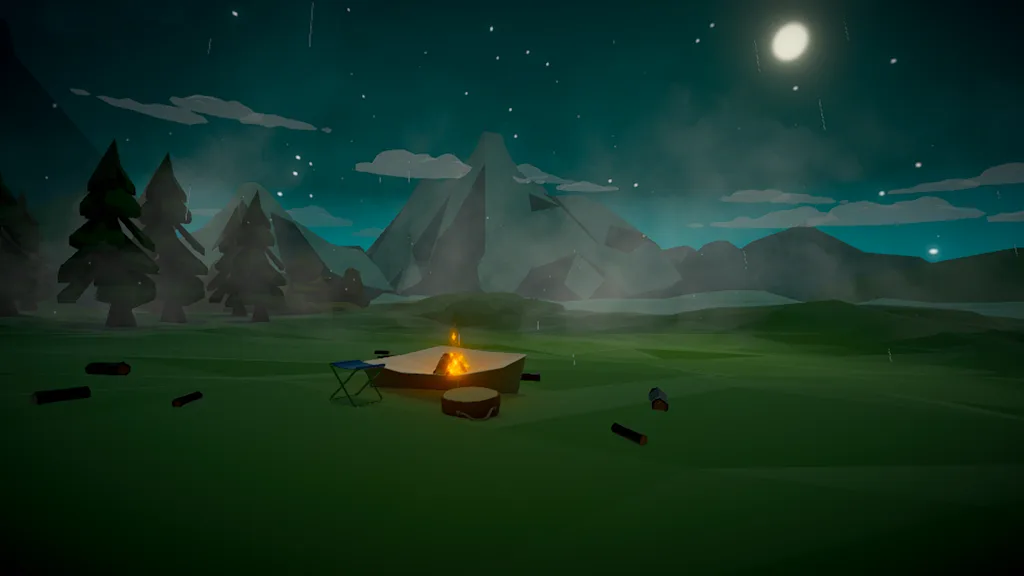
▼ Snowy Mountain: It's freezing cold, but enjoying a fire here is truly magical. The firewood is moist, so building a fire requires experience. Working with others to build a strong fire should be fun. After gaining some confidence, give it a try!
